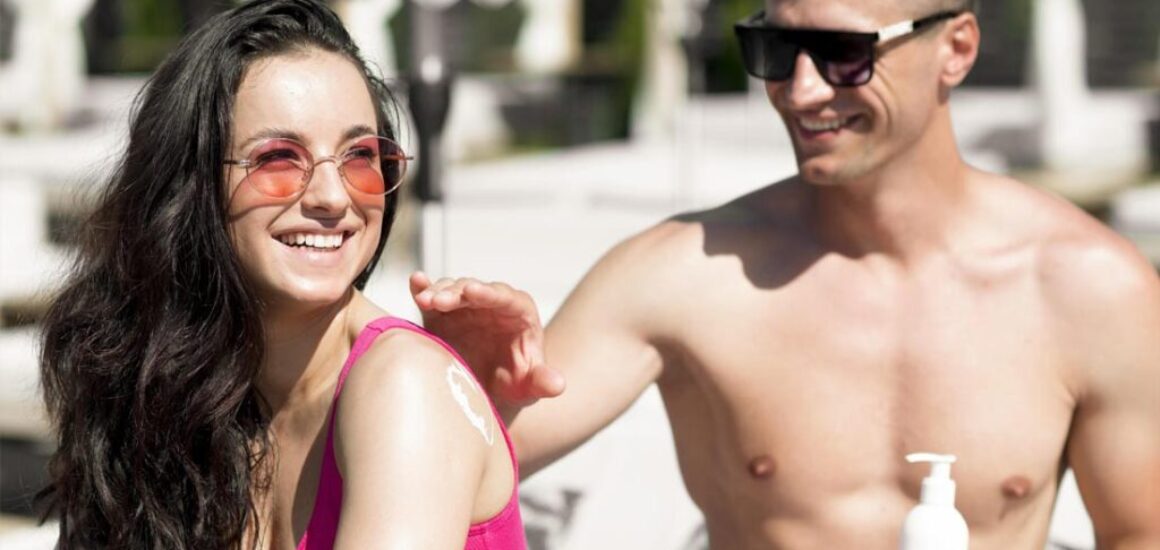The Two Types of Sunscreens
Sun protection is the most important part of skin care, and just like the other aspects of skin care it can be confusing. Did you know that there are two types of sunscreens – mineral sunscreens and chemical sunscreens? And that both are formulated differently?
Mineral Sunscreens – also known as inorganic sunscreens, or physical sunscreens, because they contain zinc oxide and titanium dioxide. This type of sunscreen sits on top of your skin, acting as a protective layer. Mineral sunscreens’ ingredients reflect, deflect, and scatter the sun’s UVA and UVB rays.
One of the pros of using mineral sunscreens is that it works immediately when you apply it. They are also less likely to clog up your pores because they are not absorbed by your skin.
On the downside, you have to keep reapplying because these sunscreens are prone to wearing off easily when mixed with sweat and they do feel heavy, like you have a light layer of film covering your skin at all times.
Chemical Sunscreens – This type of sunscreen is organic, or carbon-based, and creates a chemical reaction on your skin by converting the UV rays of the sun into heat, then releasing it away.
This type of sunscreen is thinner and lighter and can be spread easier. Chemical sunscreens are good for every day use, and can be used as a vessel for other skincare ingredients because it does get absorbed by the skin.
An example of a chemical sunscreen is the La Roche-Posay Anthelios SX, which contains a moisturizing agent along with sun protection.
So which one should you use?
Well it depends on the type of skin you have. Those with acne-prone skin should opt for mineral sunscreens so their pores stay unclogged. People with darker skin tones can try chemical sunscreens for a more natural look instead of looking pasty. For some, it’s a matter of preference. The baseline rules remain – make sure the SPF is high enough (at least 30 according to the AAD), check to see if the product is well within it’s usage date and not expired, and to reapply every two hours, as well as after swimming.




